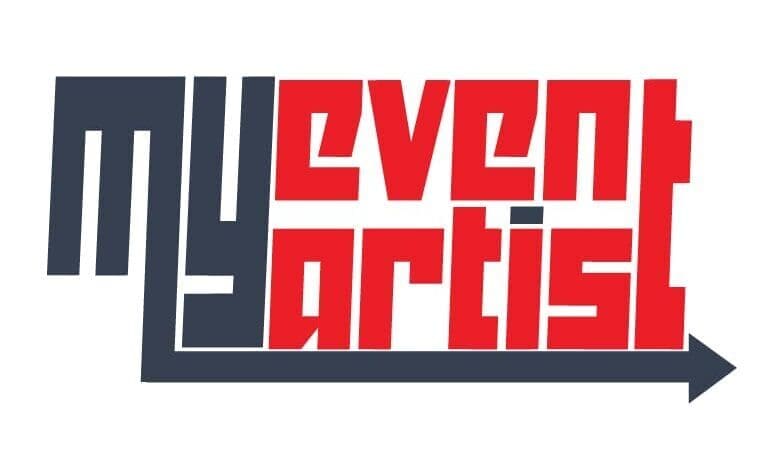The increasing awareness of environmental issues has led to a growing demand for sustainable sportswear. As brands strive to minimize their ecological footprint, the importance of effective logo design for eco-friendly apparel cannot be overstated. A logo serves as a crucial element of your brand identity, conveying values and commitments to sustainability while resonating with environmentally conscious consumers. In this guide, we’ll explore best practices for designing logos for sustainable sportswear that reflect these ideals.
1. Embrace the Principles of Sustainability
Your logo should embody the very values that define your eco-friendly brand:
- Symbolic Representation: Choose symbols or imagery that represent sustainability. Common motifs include leaves, trees, water, and nature, which can evoke the essence of eco-friendliness.
- Minimalist Approach: A minimalist design resonates with the philosophy of reducing waste. Simple logos that use fewer elements can effectively communicate your brand’s focus on simplicity and efficiency.
2. Choose an Earthy Color Palette
Color plays a significant role in how your brand is perceived, especially in the eco-friendly market:
- Natural Colors: Opt for a color palette inspired by nature. Earth tones like greens, browns, blues, and muted shades can evoke feelings of connection to the environment and promote organic aesthetics.
- Color Psychology: Consider the emotional impact of colors. Green is often associated with growth and sustainability, while blue can convey trust and tranquility. A thoughtful combination can reinforce your sustainability message.
3. Reflect Ethical Values Through Typography
Your font choice also contributes to the overall impression of your logo.
- Natural Fonts: Select fonts that have organic, clean lines or slightly rustic styles. Handwritten or sans-serif fonts can communicate authenticity and approachability, aligning with values of simplicity and transparency.
- Readability: Ensure that the typography is legible across various sizes and formats, especially for clothing labels and promotional materials. A clear logo builds brand trust and strengthens recognition.
4. Incorporate Sustainable Practices in the Logo Design Process
Demonstrating commitment to sustainability extends beyond the logo itself; it involves ethical practices in the design process:
- Eco-Friendly Design Tools: Use sustainable design software and tools that reduce your carbon footprint. Some platforms offer resources for digital design that align with green practices.
- Ethical Graphic Designers: Collaborate with designers who understand and share your commitment to sustainability. They can integrate eco-friendly design principles into the creative process.
5. Highlight Transparency and Authenticity
Transparency is vital for eco-conscious consumers who seek assurance regarding the authenticity of a brand’s claims:
- Brand Messaging: Consider including taglines or text that reinforces your commitment to sustainability within the logo. Phrases like “Eco-Friendly” or “Sustainable Choice” can enhance communication and clarity.
- Fabric and Recycling Icons: If your apparel utilizes recycled materials or organic fabrics, consider incorporating relevant symbols. This not only informs consumers but enhances the logo’s storytelling potential.
6. Design Versatility for Multi-Platform Use
A well-designed logo must be flexible enough to be used across various platforms and materials:
- Scalability: Your logo should retain clarity and appeal whether it appears on a small clothing tag or a large billboard. Test your design at different sizes to ensure effectiveness across mediums.
- Adaptable Versions: Consider creating multiple versions of your logo (such as horizontal and vertical formats) to accommodate different applications, from print to digital. This enhances usability while maintaining brand consistency.
7. Engage Your Audience
Incorporating community feedback into your logo design can increase its resonance with consumers:
- Target Market Research: Conduct surveys or focus groups with potential customers to gather their thoughts on design concepts. Engaging your audience can result in a logo that genuinely reflects their preferences and values.
- Collaborative Design: Consider hosting a logo design contest that invites consumers to contribute ideas. This fosters community involvement and ownership, leading to deeper connections with your brand.
8. Ensure Long-Term Relevance
Sustainable sportswear appeals to a consumer base that prioritizes longevity and timelessness:
- Timeless Design: Avoid following fleeting design trends that may become outdated quickly. Aim for a logo that’s enduring and will remain relevant as your brand evolves over time.
- Quality Material Selection: Ensure that any physical branding (like labels or prints) utilize sustainable materials, reinforcing the brand’s commitment to eco-friendliness throughout the product lifecycle.
9. Create a Cohesive Brand Identity
Your logo should fit seamlessly within the broader context of your brand’s identity:
- Brand Guidelines: Develop brand guidelines that dictate how your logo should be used in conjunction with other branding elements. Consistency across products, websites, and marketing materials solidify brand recognition.
- Social Responsibility: If your brand engages in sustainable practices beyond the logo, promote these efforts within your branding and marketing strategies. Highlight your initiatives in community involvement, environmental activism, and social justice.
10. Launch with Impact
Once your logo is finalized, take the time to unveil it strategically to maximize its impact:
- Storytelling Launch: Share the story behind your logo design, emphasizing its connection to sustainability and your brand’s mission. Use storytelling techniques across marketing platforms to communicate meaning effectively.
- Community Engagement Events: Consider hosting a launch event that emphasizes your brand’s commitment to sustainability. Engage your audience through activities, contests, or informational sessions that celebrate eco-friendly practices.
Conclusion: Designing Logos for a Sustainable Future
Creating a logo for eco-friendly sportswear presents a unique opportunity to reflect your brand’s values and resonate with a growing community of environmentally conscious consumers. By embracing sustainable design principles, incorporating natural elements, and engaging your audience, you can craft a logo that doesn’t just represent your brand but also contributes to a more sustainable future.
At MyEventArtist, we specialize in designing logos that embody the ethos of sustainability while captivating audiences. Explore our logo design services at myeventartist.com and let us help you create a powerful logo that reflects your commitment to eco-friendly practices.
Keywords: sustainable sportswear, eco-friendly logo design, branding, environmental awareness, brand identity
#sustainablesportswear #ecofriendlylogodesign #branding #environmentalawareness #brandidentity



Leave a Reply